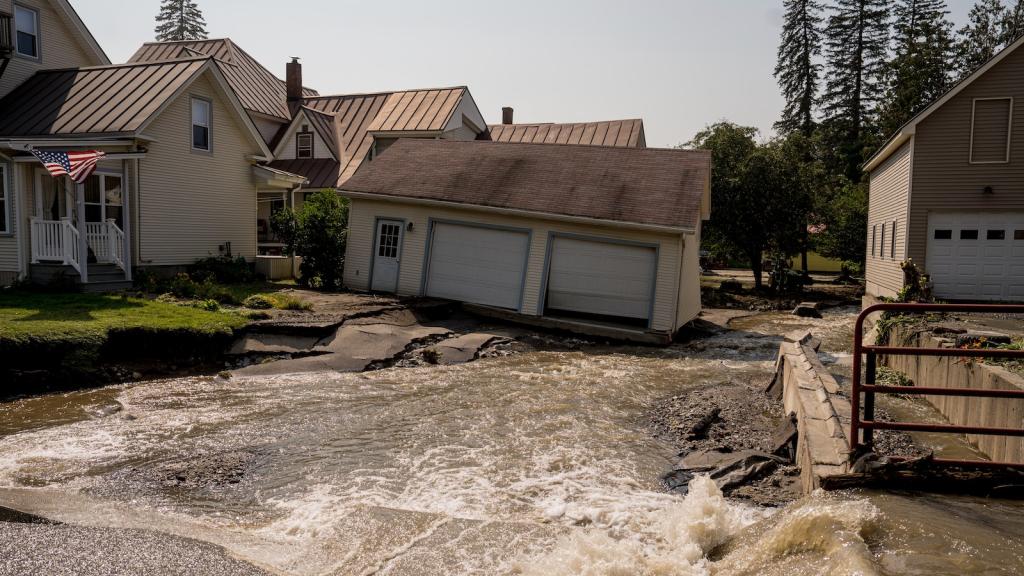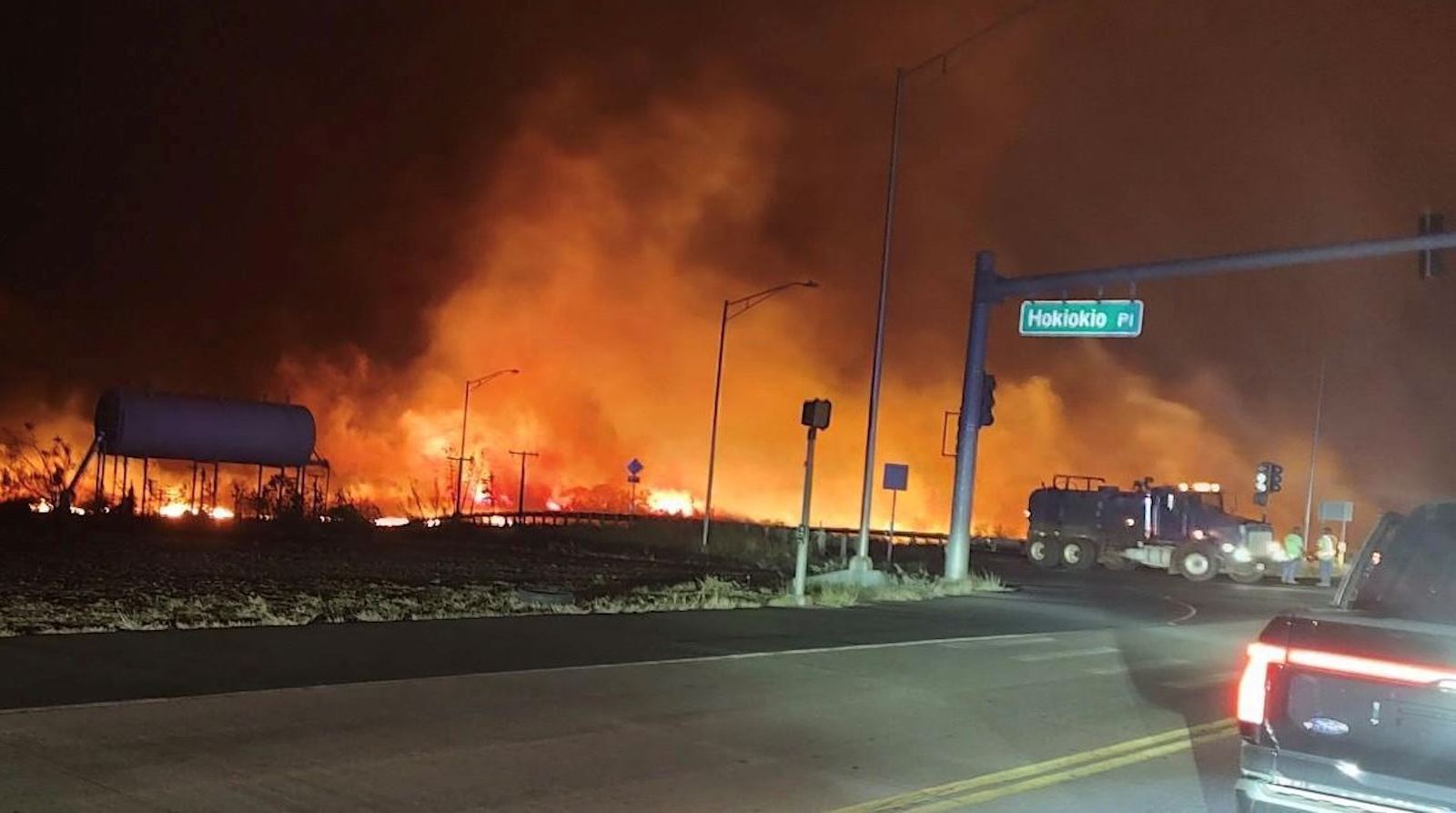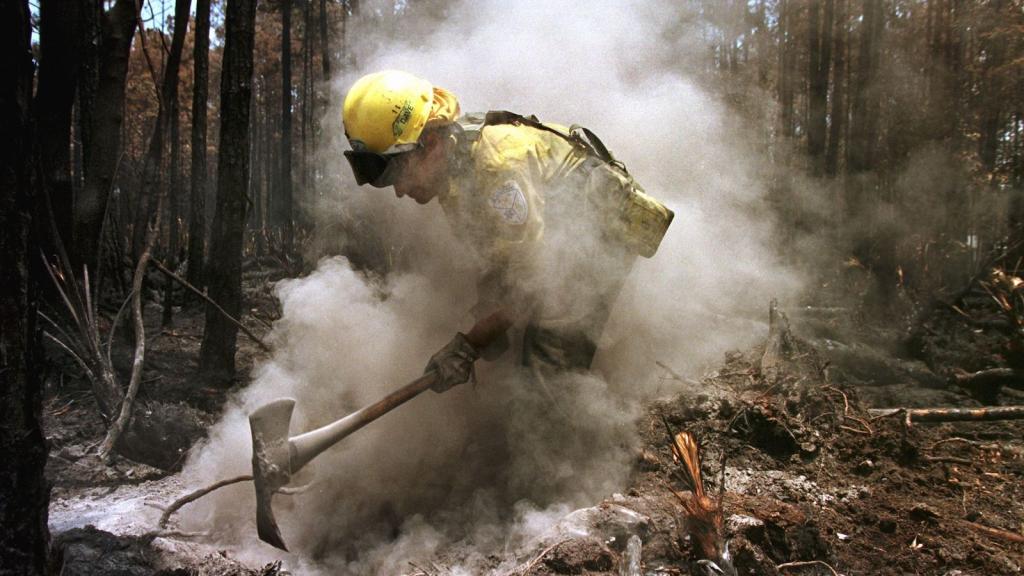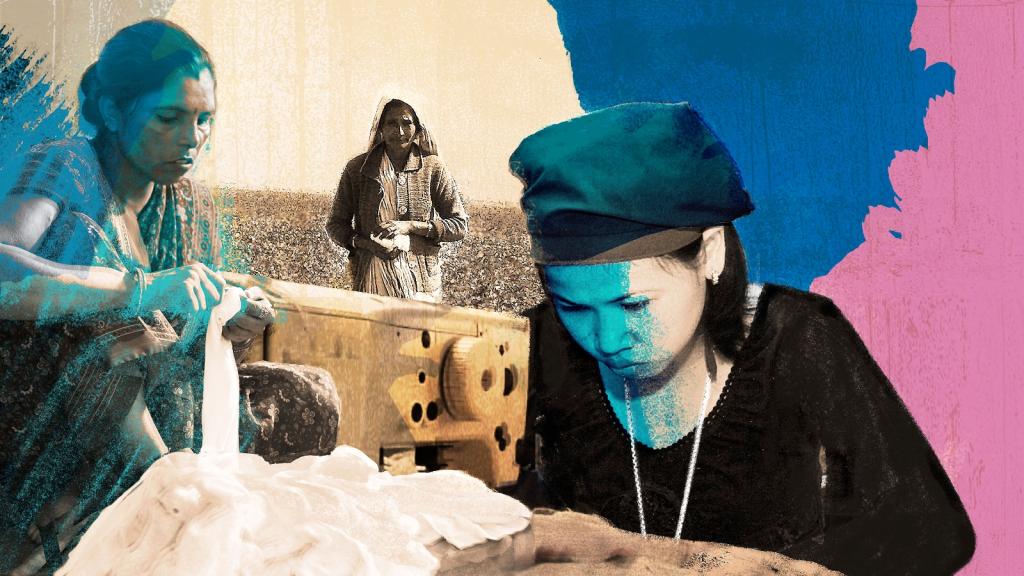This post has been updated.
Nelly Niumatalolo couldn’t believe it when she heard it. A wildfire in Lahaina? The Oahu-born grandmother was just there in April, visiting her 39-year-old son, his fiancé, and her granddaughter. Surely it wasn’t like the fires she’d seen in her home state of California, where she’s lived for the past three decades, watching fire after fire sweep through towns with increasing ferocity.
But as Niumatalolo clicked through Facebook on Wednesday, the images and footage streaming out of the disaster unfolding in west Maui looked apocalyptic. There was Front Street, an ash-gray shell of itself, just blocks away from where her son had lived until Tuesday. There was the huge banyan tree near the shoreline, 150 years old, blackened, surrounded by empty plots of decimated buildings. There were the fishing boats where her son had worked for the past four years, burnt and floating or conspicuously gone.
Also missing was her son, Jake Atafua, who stopped responding to texts Tuesday afternoon after heading back to the fire when a friend called for help. Niumatalolo joined a chorus of people online posting photos, begging for any proof that he had survived what’s being called the worst natural disaster in Hawaii in 30 years.
“As a mother, it’s been heartbreaking, because you never expect anything like this to happen to you or to one of your children. I’m just, I’m not together, I’m just a little broken,” she said. “Somewhere deep in my heart I have faith, I know whatever happens, I know the Lord will give me that peace to know that he will be OK. But I’m very broken. Because that’s my son. He’s my only boy.”
The raging fires killed at least 55 people on Maui, destroying the historic town of Lahaina and causing what is expected to be billions of dollars in damages. More than 2,000 people filled emergency shelters, with thousands more stranded at the airport trying to leave. Twenty people suffered serious burns as of Wednesday, with some airlifted to the state’s only burn unit on Oahu, and many more were missing.
Dozens of people jumped off of Lahaina Harbor to escape the smoke and flames, prompting a Coast Guard rescue and local effort to pull people into boats and later, collect the bodies floating by the seawall. The governor called in the National Guard, and opened the Hawaii Convention Center on Oahu to help house 4,000 tourists whom state officials asked to leave Maui. President Joe Biden directed “all available federal assets” to help with the disaster response, including Black Hawk and Chinook helicopters.
Hawaii state leaders were caught off guard by the fact that winds from Hurricane Dora passing south of the archipelago this week fueled the conflagration, for hours preventing helicopters from getting airborne to pour water on the flames.
Clay Trauernicht, a wildfire scientist at the University of Hawaii, said unmanaged non-native grasslands that proliferated with the shuttering of the state’s plantation economy over the past several decades created lots of fuel ready to spark.
“There’s all these huge, huge quantities of vegetation and it’s all papery thin and ready to go,” he said. “The landscape is primed to burn and so it makes us incredibly vulnerable when these weather conditions line up.”
And line up they did. Abby Frazier, a climatologist at Clark University, said it’s dry season and more than a third of Maui County is in drought. West Maui is the drier side of the island — added to that, it’s an El Niño year. The weather phenomenon is marked by unusually warm surface waters in the tropical Pacific Ocean that disrupt atmospheric circulation, leading to extreme weather conditions.
“You have a hurricane moving to the south of us and you have this high pressure system to the north and that’s creating really, really strong winds and low humidity, which is the prime thing you need for fire,” Frazier said, calling from a busy Honolulu airport. “You need dry fuels and you need these atmospheric conditions, and that’s exactly what we have right now.”
The fires raged not only on Maui but also on Hawaii Island, where highways similarly closed and many were evacuated and lost power. But the brunt of the damage was on Maui, where firefighters still battled the flames Wednesday evening.
Trauernicht and Frazier said while many people don’t associate wildfires with Hawaii, they’re actually pretty common and becoming increasingly so. Three years ago, Hurricane Lane set aflame 3,000 acres both on Maui and Oahu. Climate change is expected to bring more drought and stronger, more frequent storms.
In some years, as much as 1.5 percent of the state’s land will burn, a proportion comparable to some states in the American West, but firefighters usually prevent the flames from reaching homes. This time, they couldn’t. Kaniela Ing, national director of the Green New Deal Network, was brimming with grief as he watched the images of destruction on his home island and texted with friends rendered suddenly homeless.
The former state legislator says he wants people to know that Lahaina is not just a tourist town, a place where people go to tiki bars and shop. Its historic importance to Indigenous people like himself goes beyond its plantation houses — it was for a time the capital of the Hawaiian Kingdom, once the site of the palace of King Kamehameha III.
“If you walk end to end on Front Street, you’ll actually see it’s like a Disneyland ride of the timeline of commerce in Hawaii from royalty to whaling, sandalwood, sugar and pineapple, tourism and luxury,” he said. He sees the fire as a tragic symbol of the terminal point of that progression of colonization and capitalism: “where it all ends up if you continue down this trajectory.” He wants President Biden to take far more aggressive action to confront the climate crisis.
But this is not the end. Next year could be just as bad, or worse.
“One thing that makes me nervous is we tend to get more rainfall in the summer with El Niño and then we get drought in the winter, which builds up all these fire fuels and then dries them out,” said Frazier. “And so we can also expect a pretty bad wildfire season next year.”
Trauernicht hopes this prompts the state to take fire prevention seriously by establishing networks of fire breaks, incentivizing grazing, and pursuing other ways to minimize risk.
“Because those fuels can be altered, we don’t have to be vulnerable. We can change them proactively,” he said.
But he added that one element of this week’s tragedy is new, and still needs to be grappled with: the emotional trauma of the sudden disaster.
It remains unclear how many people lost their homes, how many have died. Maui was already facing a major affordable housing crisis and it’s not clear where people will live, who will leave, whether they’ll have a choice. Many in West Maui still lacked cell service Wednesday, and others who were able to tell their stories said they felt shell-shocked.
“It was like a war zone,” Alan Barrios told Honolulu Civil Beat, explaining he had to leave one of his four cats behind while escaping Lahaina after the feline bolted. “There was explosions left and right.”
As of Wednesday evening, Niumatalolo still hadn’t heard from her son, feeling anxious and weighed down by the heaviness of not knowing. But she added one thing was certain: “I don’t think Maui will be the same.”



